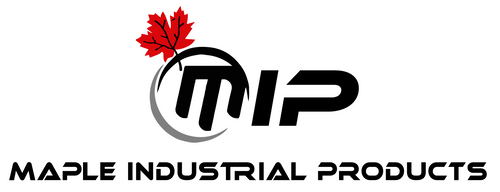During cleaning, grinding wheels can become coated with carbon or other contaminants which can then be smeared on the finished surface,re-contaminating the part to be repaired. For this reason, the final 1/16” should be cleaned using a new grinding wheel or by chipping, rotary burrs, or a coarse file. Also, an oxidizing flame from an oxy-acetylene torch can be used to bum off any surface graphite or another oily contaminant. Do so by pressing the cutting trigger on the torch and running the torch up and down the area to be welded, making sure that you do not overheat the casting. The added pressure caused by pressing the cutting trigger will help to clean out any contaminants that are trapped in the porous surface of the casting. This also provides a light preheat which is advantageous.
When a casting has become so impregnated with contaminates (eg. gearboxes), that standard practices do not clean off the casting adequately enough to make a sound weld, the elimination of the residual can be achieved by heating the casting to 400-600°F for 2-3 hours followed by wire brushing and/or polish grinding. This will help overcome porosity and poor welds. Cast irons that are “out-gassing” during welding should be heated to a dull red for a short period of time before welding. This will help “degasify” the cast iron prior to welding.
Wire brush and/or polish grind the part before welding to remove remaining surface contaminants. On heavier or large castings where heating is unattainable, weld a “butter pass” or a thin weld bead on the surface area of the casting to be welded. A butter pass separates the contaminants that are in the casting from the area to be welded. If porosity comes through the butter pass, grind the butter pass down by 50% of its thickness and do another butter pass. Repeat until a clean surface is obtained, and then complete the weld that is required using proper cast iron welding techniques. Arc-air gouging is not usually recommended. However, it can be used to remove the bulk of metal providing the last 1-2mm is removed by grinding.






